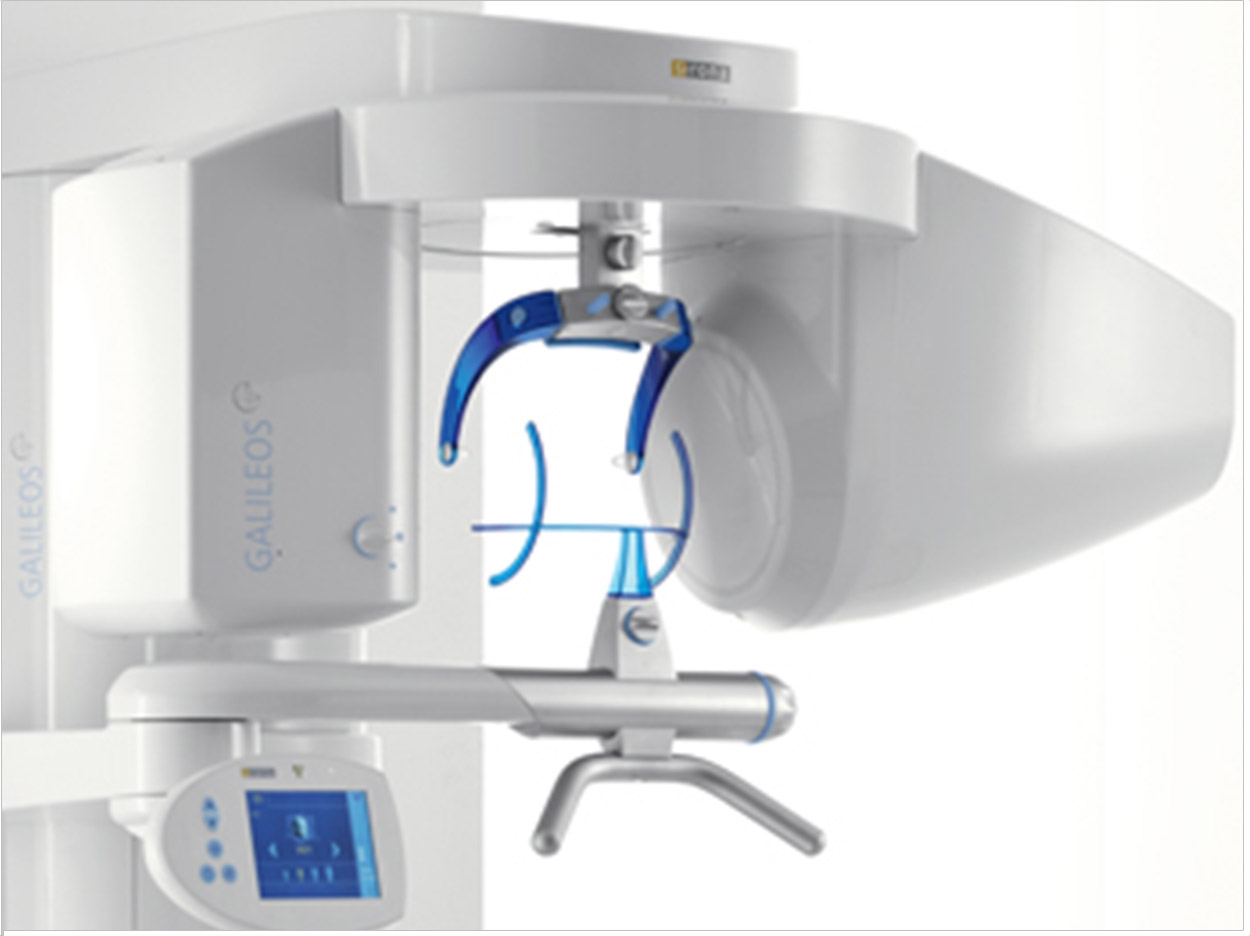
Students at the Henry M. Goldman School of Dental Medicine in Boston now can enroll in a comprehensive preclinical digital implantology course that precedes the actual experience of patient treatment. Required for all students, the course will be open to second-year students and first-year Advanced Standing DMD students. Classes will begin in January 2017.
The course was developed and will be co-directed by Hesham Nouh, DSc, a prosthodontist, and Neal Fleisher, DMD, a periodontist, both of the department of general dentistry and supervised by Celeste Kong, DMD. It was designed to enable students to translate the skills learned in the simulation lab into clinical expertise needed as they transition to the clinic, placing implants in the predoctoral treatment center.
“Drs. Nouh and Fleisher have done an amazing job in the creation of this new course that incorporates digital dentistry into the treatment planning, design, and placement of surgically guided implants during preclinical training,” said Jeffrey W. Hutter, DMD, dean of the school. “Both our predoctoral students and their patients will greatly benefit from this advanced training.”
The school notes that there has been an exponential increase in the number of dental implants placed each year in the United States since their introduction in 1986 due to their ease of use and the relative reliability of the osseointegration process. Also, prosthodontists and oral surgeons are no longer the only practitioners capable of placing them, as periodontists, endodontists, and even general practitioners also are now placing and restoring them.
Furthermore, the school attributes their growing use to the introduction and integration of various digital technologies, which take some of the risk and uncertainty out of the placement and restoration processes. For example, Dentsply Sirona’s GALILEOS CBCT technology, CEREC digital image files, and GALAXIS software allow implants to be planned in a 3-D accurate representation of the patient’s jaw.
For example, students will learn how to merge the data from the CBCT with the digital impression to virtually place an implant. They also will use CEREC CAD/CAM technology to mill surgical guides to ensure the exact placement of the implants. By the end of the course, students will be able to:
- Read and manipulate a CBCT (GALILEOS) scan;
- Treatment plan the implant placement and subsequent restoration using CBCT and CEREC software;
- Virtually place a dental implant in Dentsply Sirona’s GALAXIS software;
- Design surgical guides that can be milled from the merging of GALAXIS/GALILEOS files and CEREC files;
- Place an implant in the Simulation Learning Center into specially designed models using digitally milled surgical guides and keys;
- Restore a single missing tooth in a posterior quadrant on a typodont;
- Restore an implant supported mandibular complete denture on a typodont with 2 overlay denture attachments
Related Articles
Goldman School Opens Center for Children and Special Needs Patients
Boston University Establishes Varnish Outreach in Nicaragua
3-D Printing Promises a Custom Care Revolution











